In an age where sex-positivity and casual romantic experiences are on the rise, being vulnerable seems to be a dangerous place to be in. But on the contrary, Philosopher Sarah LaChance Adams argues it might be the very quality needed to experience pleasure. This article explores how intimacy blossoms through an atmosphere of respect, curiosity, and vulnerability – urging us to reveal ourselves in order to experience true pleasure.
Many of our philosophical and ethical conversations about love and sex are about consent and authority. When does yes really mean yes? When does no really mean no? What about situations in which one person clearly holds power over another? Who has the authority to say when consent is genuine?
We rarely seem to wonder about how mutual desire and love emerge between people. I offer Jenna Gribbon’s painting Mutual Pleasure as a model for this. The puppy willingly offers their furry, and apparently very soft, belly to the eager scratches of four hands. The dog is at the height of openness, and perhaps even submission, yet also appears to be blissful, safe, and relaxed. I propose that this is how love and pleasure emerge between people—when everyone feels most exposed and responsive. We find ourselves most attractive in the eyes of another when there is an atmosphere of respect, spontaneity, wonder, curiosity, patience, and nonjudgement; and what this requires above all is the ability to be vulnerable.
___
We find that our bodies do not merely express intentions. The living body is intention incarnate.
___
Love and desire do not occur above or beyond the corporeal; their relation to the body is not one of hierarchy or separation. Love especially is metaphysical, understood via Aristotle as that which occurs by way of nature. For this reason, existential phenomenologists emphasize the Leib, the living body, over the Körper, the body as object, as mute matter. The Körper can be studied through objective methods, measured by a third party. But love and desire are the purview of the Leib and the first-person point of view.
In this manner we find that our bodies do not merely express intentions. The living body is intention incarnate. We are not defined by an “I think,” but by an “I can” or even sometimes “I cannot.” The meaning of the body extends beyond its various parts and functions. We do not animate our bodies as though we are spirits haunting a container of matter. We are not simply pulling and releasing our tendons, bones, muscles, and skin as if they were merely cords, levers, springs, and fabric. We discover ourselves and our bodies enmeshed directly with the tangible, visible, smellable, taste-able world of objects and others.
___
Others’ actions, moods, and gazes echo through us
___
The intersection of body, world, and other people come together as poesis—an act of artistic creation that can result in beauty, banality, or horror. Others’ actions, moods, and gazes echo through us; they contain insinuations, allegations, proposals, hints, evocations, advice, requests, and sometimes indifference. We do not have to first wonder if they have “another mind.” They arouse us to action, cause us to recoil in retreat, draw us forth with magnetism, or revolt us with disgust.
SUGGESTED VIEWING The Life and Philosophy of Billy Bragg With Billy Bragg, Myriam François










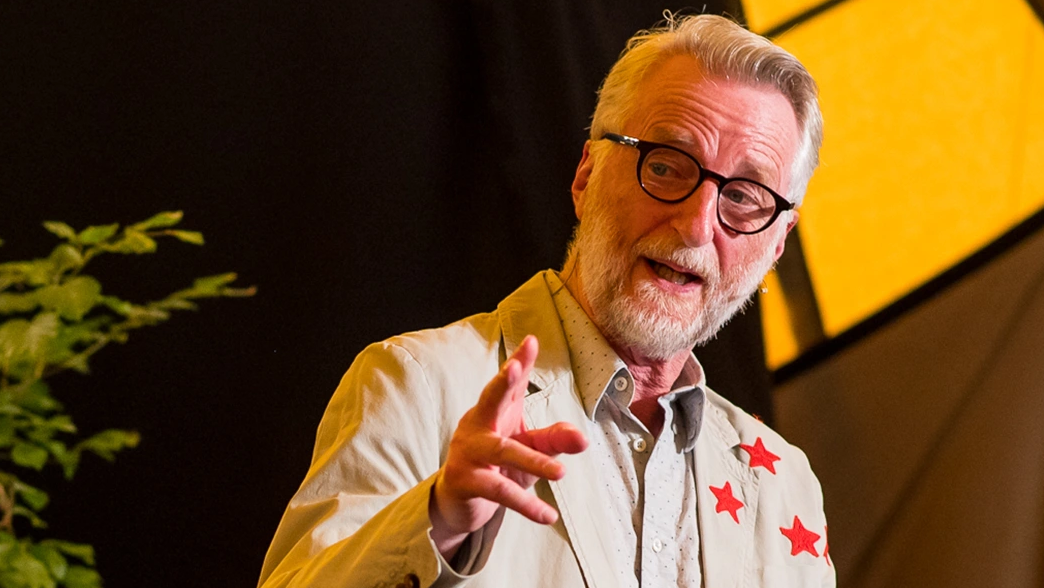

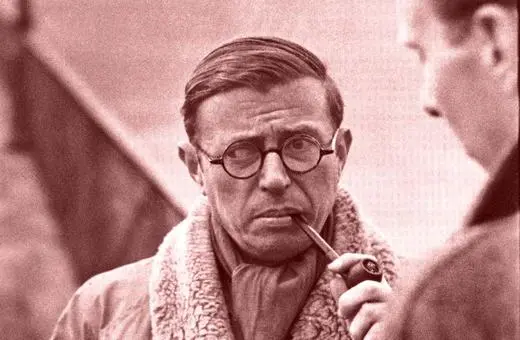
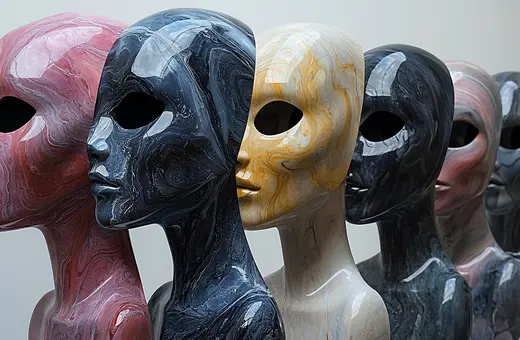

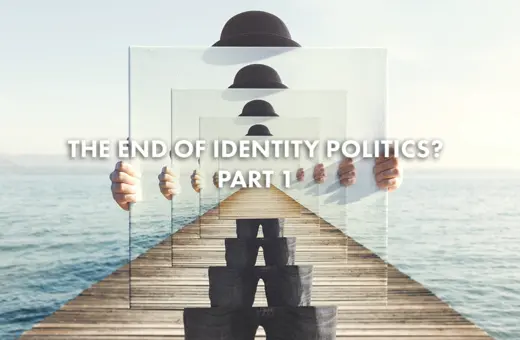

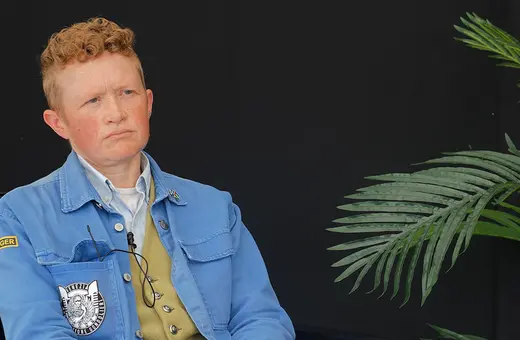





Join the conversation